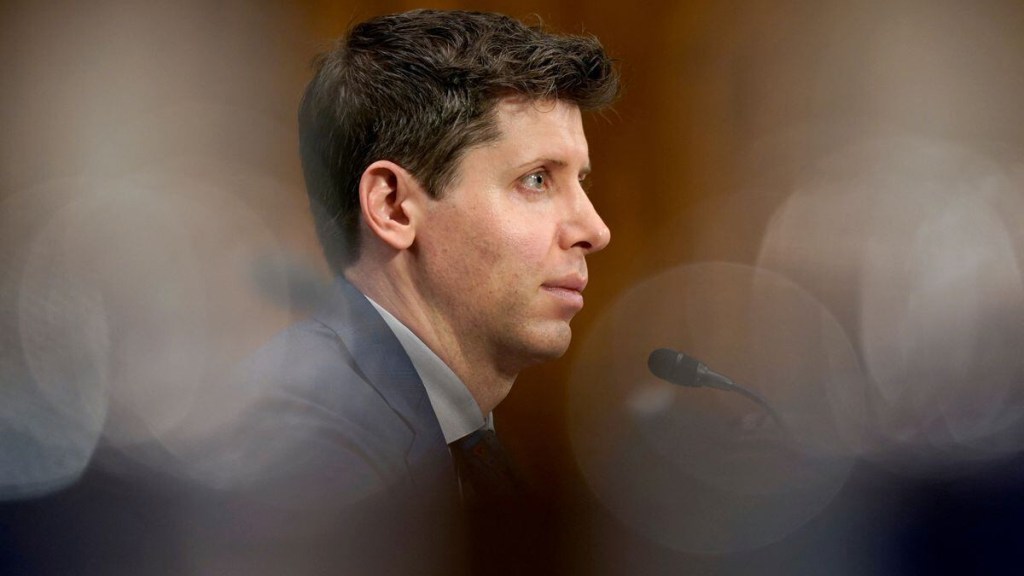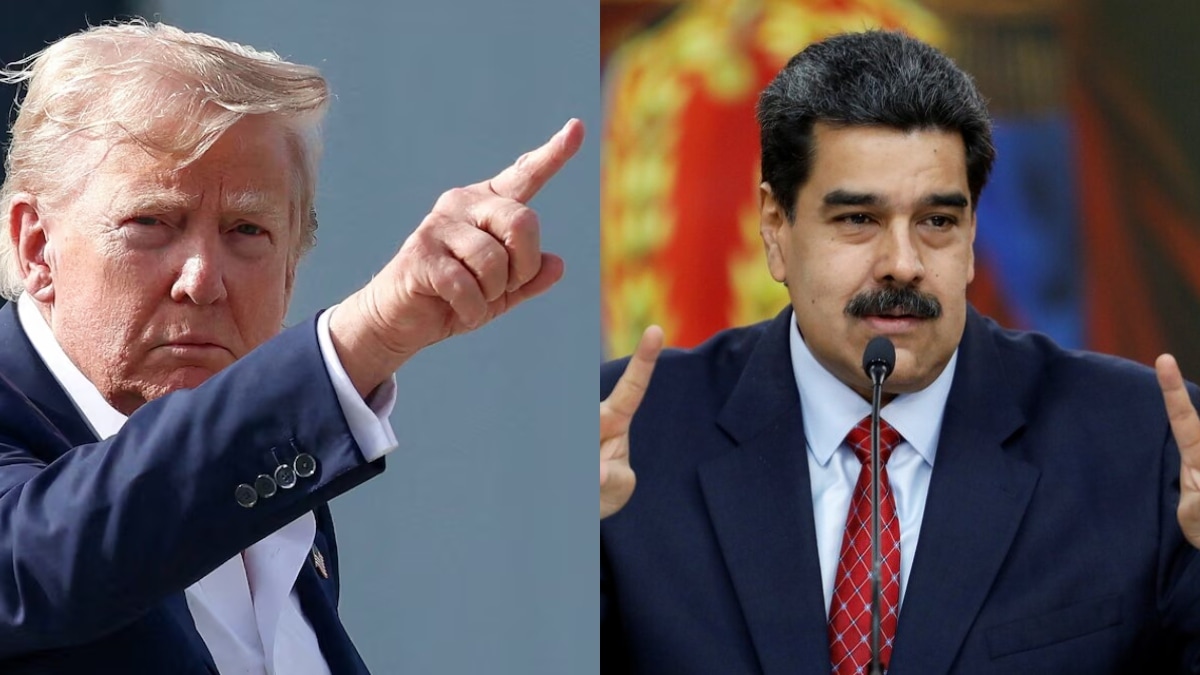Sam Altman, the CEO of ChatGPT maker OpenAI, on his second visit to India in two years, urged the nation to become a leader in artificial intelligence (AI). This is in sharp contrast to his earlier stance where he had called competing with OpenAI on AI models a totally “hopeless” endeavour, particularly for young Indian startups.
He has now clarified that the comments—from his 2023 visit—were taken out of context and that India in fact holds great potential to excel in developing smaller, specialised AI models, particularly those focused on reasoning.
Altman has acknowledged the rising costs involved in training AI, but said this was mostly being offset by an exponential increase in both AI intelligence and the potential revenue generation. While it is still expensive to train AI, it is becoming more feasible, and India can and should take a leadership role in the field.
The current AI models are fast approaching a level of sophistication capable of tackling critical issues in sectors like healthcare and education, areas where India stands to gain significantly, he said.
The change in attitude is not unfounded. India has emerged as OpenAI’s second-largest market, demonstrating the country’s rapid adoption of AI. At the same time, the country has announced a major leap in the world of AI by aspiring to create its own foundational AI large language model (LLM). This ambitious project—flagged off recently by IT minister Ashwini Vaishnaw—aims to build a homegrown AI system that understands India’s unique culture, languages, and needs.
Altman encouraged India to engage across the entire AI value chain, from development and research to implementation, rather than simply utilising existing AI solutions. “India should do everything within the AI stack,” he said.
The government is on course of setting up a massive AI infrastructure, including a facility with 18,000 graphics processing units or GPUs. He expressed admiration for India’s progress in AI, recognising the remarkable work of Indian startups, researchers, and developers.
The rise of China’s DeepSeek amid US sanctions has sparked debate around whether companies like OpenAI are investing too much to build their AI when efficiency would be more viable from a business point of view and for the environment.
Altman addressed the increasing expenses of AI model training, noting that while costs remain high, the cost per unit of AI intelligence is decreasing tenfold annually. That said, the demand for AI infrastructure will continue its upward trajectory, he added, suggesting that high-end hardware is still the currency to unlock AI’s true power.








